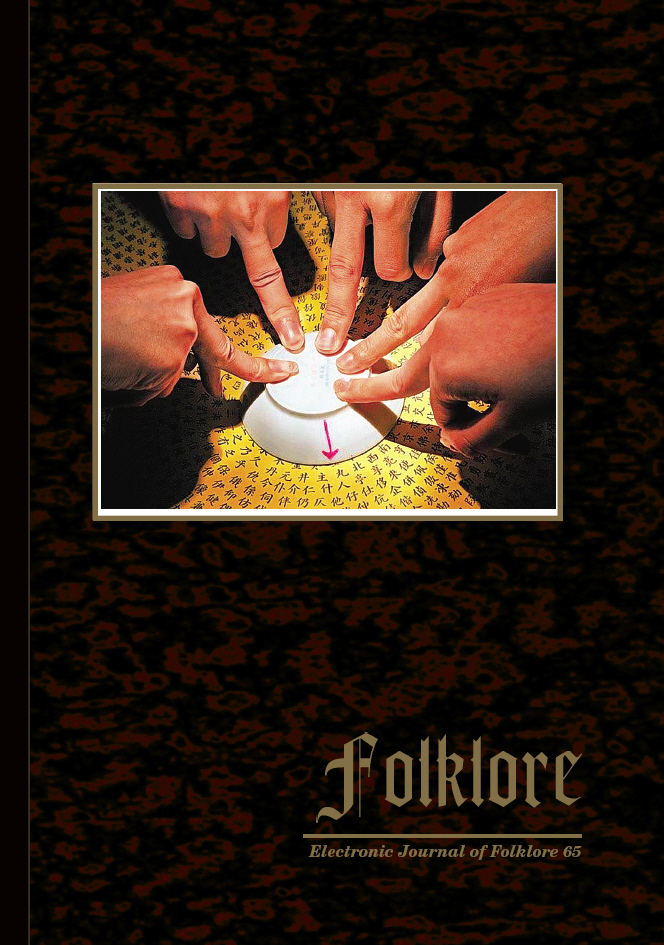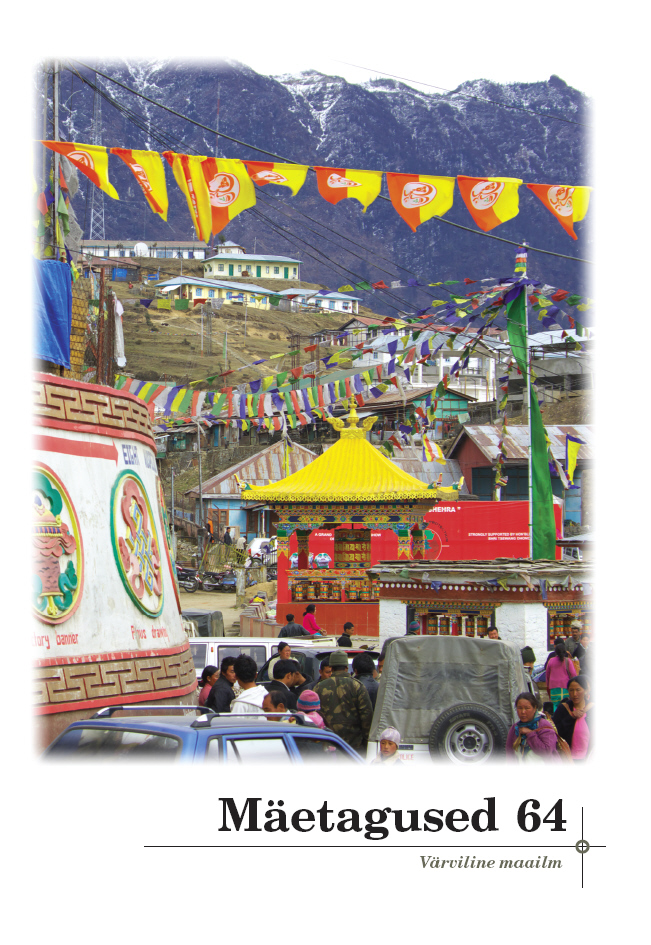
Discussing the Supernatural in Contemporary Finland: Discourses, Genres, and Forums
Discussing the Supernatural in Contemporary Finland: Discourses, Genres, and Forums
Keywords: Christian; discourse; experience; interpretation; legitimacy; mental; scientific; spiritual; supernatural
The supernatural is a debated issue on the Internet even though people generally avoid face-to-face discussion about it. This article1 gives an analytical overview of discussions about the supernatural in contemporary Finland. The research material consists of a sample of Finnish media and online discussions about the supernatural, as well as letters describing and interpreting personal experiences. Texts published on different forums show different generic features of style, content, and the traditionality of expression and interpretations. The texts can be entertaining or argue about moral and ontological issues, about the emergence of these experiences in human mind, or the status and sanity of people who have had these experiences. Opinions and interpretations on all forums draw on various discourses, of which five are presented. The science-oriented and mental discourses seek for natural explanations. The spiritual reality is accounted for, albeit in different forms, in the popular Christian, fundamental Christian, and alternative spiritual discourses. The discourses can be combined in various ways. The experiencers themselves primarily seek legitimate interpretations and sometimes they modify or stretch the collectively accepted scientific or Christian worldview to fit their experiences. However, sometimes the experiences lead to a change of the worldview. The sciences are also criticised for their narrow attitude.
More...
